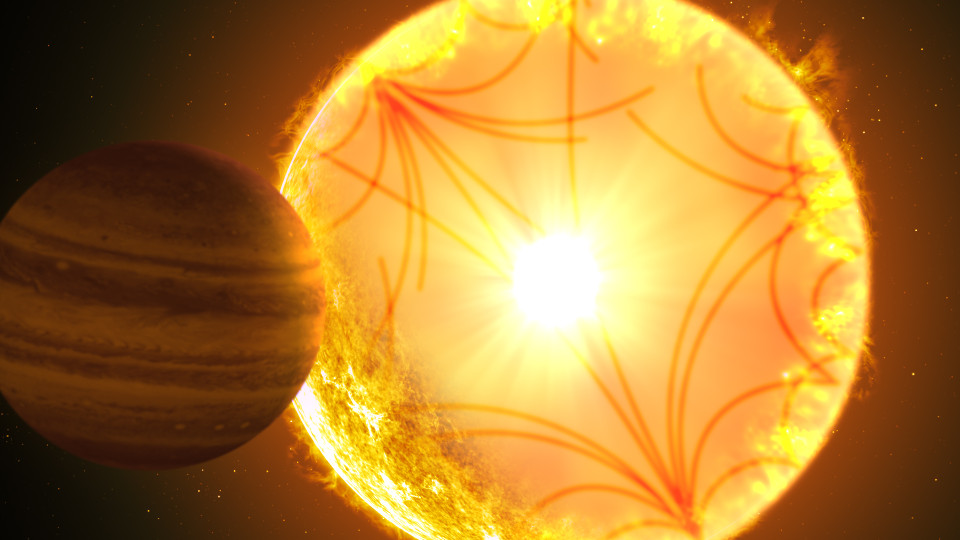Astronomers have discovered another candidate exoplanet orbiting our neighbor, Proxima Centauri. A paper announcing these results was just published in the journal Science Advances. If confirmed, it will be the second exoplanet orbiting the star.
 The two possibly habitable worlds orbit the red dwarf stars GJ229A and GJ180, which lie about 19 light-years and 39 light-years from Earth, respectively. That’s not far in the grand scheme of things, considering that our Milky Way galaxy’s famous disk is about 100,000 light-years wide. (The sun’s nearest neighbor star, Proxima Centauri, is about 4.2 light-years away.)
The two possibly habitable worlds orbit the red dwarf stars GJ229A and GJ180, which lie about 19 light-years and 39 light-years from Earth, respectively. That’s not far in the grand scheme of things, considering that our Milky Way galaxy’s famous disk is about 100,000 light-years wide. (The sun’s nearest neighbor star, Proxima Centauri, is about 4.2 light-years away.)
Red dwarfs, which make up about 70% of the Milky Way’s stellar population, are significantly smaller and dimmer than the sun. So, these stars’ “habitable zones” — the range of orbital distances where liquid water could be stable on a world’s surface — lie much closer in than they do in sunlike systems.
As Hugh Jones said in his article at The Conversation, “Ultimately, the discovery of multiple signals from the very closest star shows that planets are more common than stars. Proxima represents an excellent location for understanding the closest exoplanets and developing new technologies to better understand the universe we live in.”
Proxima c’s existence is problematic, or at least significant, for our planet formation models. Among super-Earth planets around low-mass stars detected by radial velocity, Proxima c would have both the longest period and the lowest mass. It would also be the furthest distance from its parent star than the frost line in the original protoplanetary disk. The frost line was probably at 0.15 AU.
The authors say that it’s unlikely that Proxima c was kicked out from its initial position closer to the star due to some instability, “because its orbit is consistent with a circular one and because of the absence of more massive planets on shorter orbital distance.”
In their paper, they say, “The formation of a super-Earth well beyond the snowline challenges formation models according to which the snowline is a sweet spot for the accretion of super-Earths, due to the accumulation of icy solids at that location.”
Proxima Centauri is a red dwarf star, or M dwarf. It’s about 4.2 light years away from the Sun, making it our closest neighbour. It’s the third star in a trinary system, with the Alpha Centauri AB binary star. Proxima Centauri is about 13,000 AU from Alpha Centauri AB, and was discovered in 1915.